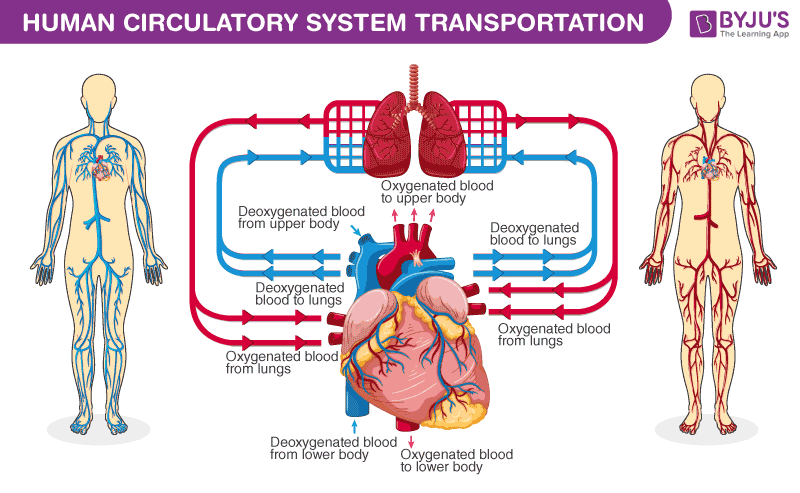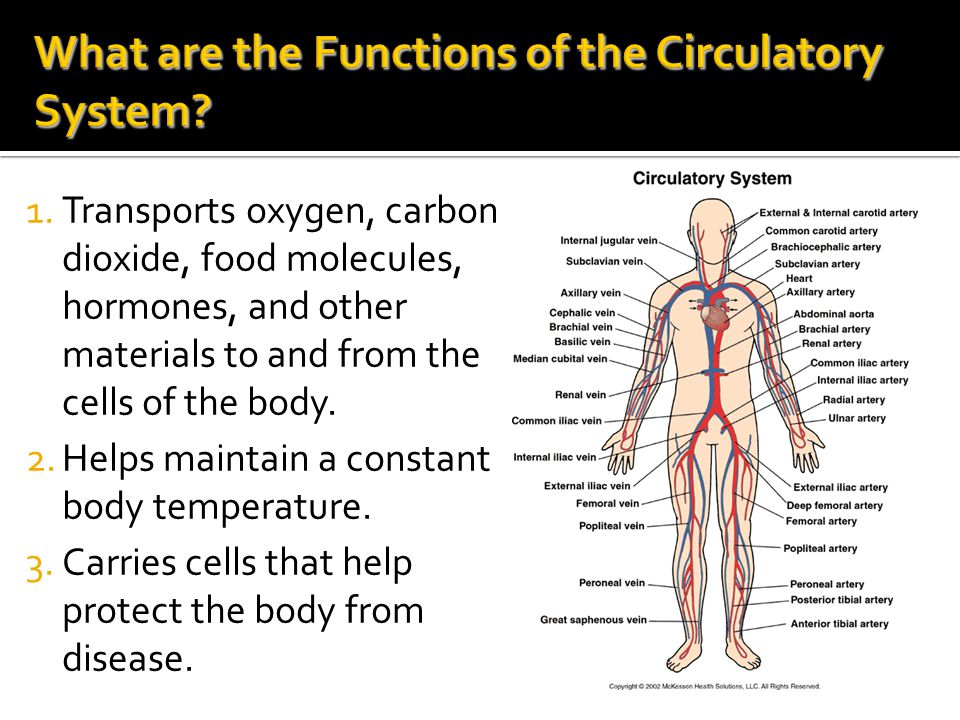What Are The 4 Main Functions Of The Circulatory System
Circulatory System – Function, Definition – Human Anatomy | Kenhub
Keywords searched by users: What are the 4 main functions of the circulatory system Circulatory system function, Circulatory system, Circulatory system diagram, what is the function of the circulatory system, How does blood move through the circulatory system, Cardiovascular system là gì, Circulatory system là gì, Digestive system
What Are The 4 Main Parts Of The Circulatory System?
The circulatory system is a vital part of our body, responsible for the efficient transportation of blood and nutrients throughout. It comprises four essential components:
-
Heart: The heart is the central organ of the circulatory system, acting as a powerful pump that propels blood throughout the body.
-
Arteries: Arteries are thick-walled blood vessels that carry oxygen-rich blood away from the heart and distribute it to various tissues and organs.
-
Veins: Veins are blood vessels responsible for returning oxygen-depleted blood from the body’s tissues back to the heart.
-
Blood: Blood is the life-sustaining fluid that flows through the circulatory system, carrying oxygen, nutrients, hormones, and waste products to and from cells.
These four components work together seamlessly to ensure the circulation of blood and the maintenance of our overall health. This fundamental system plays a crucial role in providing oxygen and nutrients to cells while removing metabolic waste, making it a cornerstone of our physiology. (Updated information as of September 2023)
What Are The 4 Main Physiological Functions Of Circulatory System?
The circulatory system, comprising the heart, blood vessels, and blood, plays a pivotal role in maintaining overall bodily functions. There are four primary physiological functions that this intricate network performs:
-
Transporting Essential Substances: One of the foremost functions of the circulatory system is to efficiently transport vital substances throughout the body. This includes delivering nutrients, such as oxygen and glucose, to cells for energy production, while simultaneously removing waste products, like carbon dioxide, from cellular metabolism.
-
Defending Against Threats: The circulatory system also serves as a defender, safeguarding the body from potential threats. It plays a crucial role in the immune response by transporting white blood cells and antibodies, helping to combat infections. Moreover, it has a clotting mechanism to minimize blood loss in case of injury.
-
Regulating Body Temperature: An often-overlooked function of the circulatory system is its contribution to thermoregulation. It helps in maintaining a consistent body temperature by redistributing heat, especially during physical activity when muscles generate excess warmth. Conversely, during cold conditions, it conserves heat by narrowing blood vessels in the skin to reduce heat loss.
-
Balancing Fluid Levels: Maintaining proper fluid balance within the body is essential for overall health. The circulatory system plays a role in regulating this balance by controlling the movement of fluids between the bloodstream and tissues. This equilibrium is vital for maintaining blood pressure and ensuring that cells receive an adequate supply of nutrients and oxygen.
In summary, the circulatory system’s four main physiological functions encompass transporting vital substances, defending against infections and blood loss, regulating body temperature, and balancing fluid levels. These functions collectively contribute to the body’s well-being and homeostasis.
What Are The 4 Main Functions Of The Heart?
The heart serves as a vital organ in our circulatory system, responsible for carrying out four primary functions that are essential for our overall well-being. Firstly, it pumps oxygenated blood to various regions of the body, ensuring that our cells receive the oxygen they need for proper functioning. Secondly, the heart plays a crucial role in distributing hormones and other vital substances to different parts of the body, enabling essential chemical communication and regulation. Thirdly, it receives deoxygenated blood from the body, which contains metabolic waste products, and pumps this blood to the lungs for oxygenation and the removal of waste. Finally, the heart actively maintains blood pressure, ensuring a consistent flow of blood throughout the circulatory system, which is vital for the proper functioning of all organs and tissues. These four functions collectively form the cornerstone of the heart’s role in sustaining human life and health.
Found 28 What are the 4 main functions of the circulatory system





Categories: Aggregate 54 What Are The 4 Main Functions Of The Circulatory System
See more here: tfvp.org

- Circulates oxygen and removes Carbon Dioxide.
- Provides cells with nutrients.
- Removes the waste products of metabolism to the excretory organs for disposal.
- Protects the body against disease and infection.
- Clotting stops bleeding after injury.
- heart.
- arteries.
- veins.
- blood.
- To transport nutrients, gases and waste products around the body.
- To protect the body from infection and blood loss.
- To help the body maintain a constant body temperature (‘thermoregulation’)
- To help maintain fluid balance within the body.
Learn more about the topic What are the 4 main functions of the circulatory system.
- What are the functions of the circulatory system? – BYJU’S
- Circulatory System Anatomy, Diagram, & Function – Healthline
- Major Functions of the Cardiovascular System – PT Direct
- What Are the Four Main Functions of the Heart? Common Heart Diseases
- 4 Functions of the Circulatory System Flashcards | Quizlet
- Circulatory System: Anatomy and Function – Cleveland Clinic
See more: https://tfvp.org/category/science blog